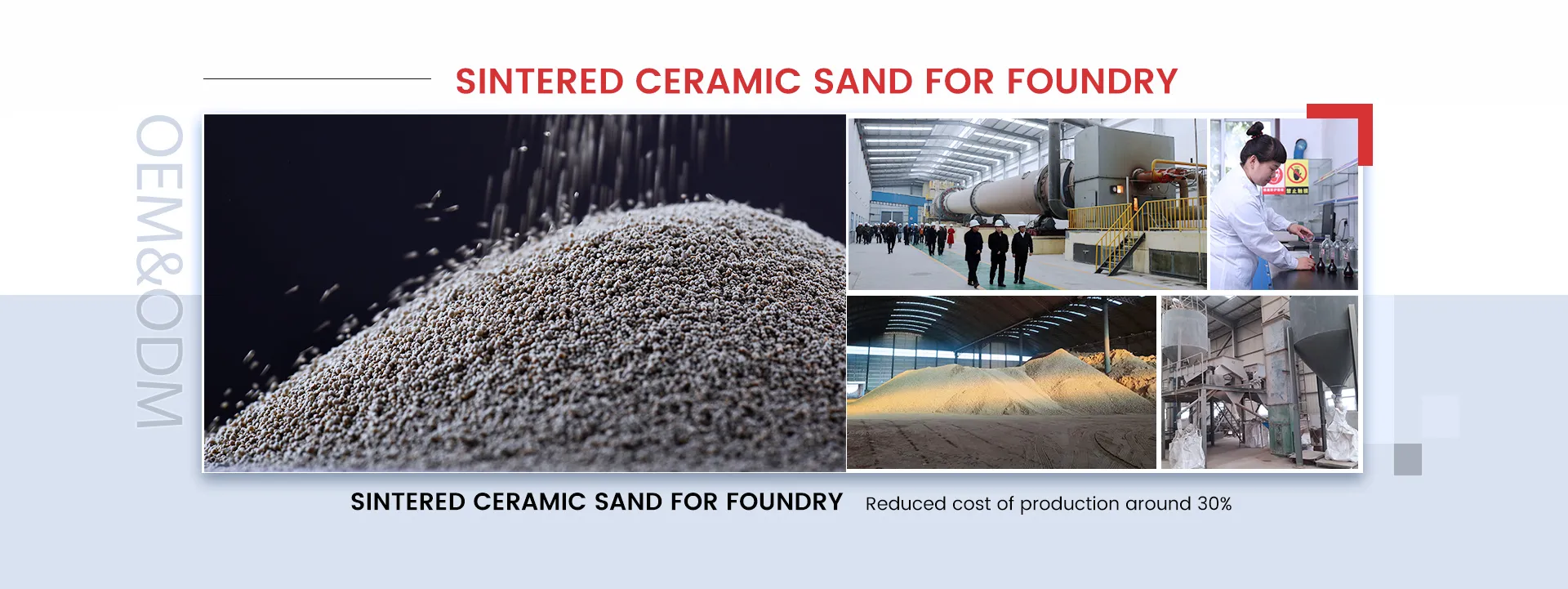Understanding Fine Casting Sand The Backbone of Precision Metal Casting
Fine casting sand is a critical material in the metal casting industry, serving as the primary medium for creating molds and cores that define the shape and intricacies of cast metal products. The properties and quality of fine casting sand directly influence the accuracy, surface finish, and overall performance of the final product. This article delves into the significance of fine casting sand, its composition, types, and essential characteristics, along with its application in various industries.
What is Fine Casting Sand?
Fine casting sand refers to dry sand with a specific particle size and consistency, which is meticulously graded to ensure it meets the stringent requirements of the casting process. Typically, silica sand is preferred due to its high melting point, stability, and availability. The fine variety of casting sand has a grain size that is smaller and more uniform compared to coarse sand, allowing for better detail in molds and cores.
Composition and Types
The primary component of fine casting sand is silica (SiO2), which constitutes a significant portion of its weight. High-quality casting sands often contain additional materials like clay, which helps bind the sand particles together and improve mold integrity. Clay contents can vary, and specific types of clay such as bentonite are commonly used because of their excellent bonding properties.
There are various types of fine casting sand, including
1. Green Sand A mixture of silica sand, clay, and moisture, green sand is one of the most widely used types for foundries. It is versatile, easily workable, and self-repairing.
2. Resin-Bonded Sand This type involves sand that has been coated with resin, enhancing its strength and heat resistance. It is suitable for intricate designs and allows for better dimensional accuracy.
3. Shell Sand Made from fine sand coated with a thermosetting resin, shell sand is used for thin-walled molds. It offers excellent surface finish and is often applied in precision casting applications.
4. Oil-Bonded Sand This involves sand bonded with an oil-based binder. While it is less common, it is advantageous for extending mold life and improving surface quality.
fine casting sand

Key Characteristics of Fine Casting Sand
When selecting fine casting sand, several key properties must be considered
- Grain Size and Distribution The uniformity in grain size is crucial, as it determines how finely details are captured in the mold. Consistent grain size also affects the flowability of the sand during the molding process.
- Refractoriness The ability of sand to withstand high temperatures without deforming is essential for casting metals. Fine casting sands often have high refractoriness, allowing them to hold complex shapes during pouring.
- Permeability This property refers to the capacity of the sand to allow gases to escape during metal pouring. Higher permeability prevents defects like blowholes, ensuring a higher quality surface finish.
- Bonding Strength Adequate bonding strength is necessary to maintain the mold's integrity during the metal pouring process. This strength depends significantly on the type of clay and the moisture content used in the mixture.
Applications Across Industries
Fine casting sand finds applications in a variety of industries, including automotive, aerospace, and machinery manufacturing. Its ability to produce complex geometries with high precision makes it indispensable in sectors where accuracy and detail are paramount. Moreover, the versatility of fine casting sand means that it can be tailored to meet specific requirements, ensuring that industries can achieve desired outcomes while maintaining efficiency.
Conclusion
In summary, fine casting sand is an integral material in metal casting, facilitating the creation of high-precision molds and cores essential for producing quality cast products. By understanding its composition, characteristics, and applications, manufacturers can make informed choices aimed at enhancing their casting processes and, ultimately, the performance of their final products. As industries continue to evolve, the role of fine casting sand will remain crucial in driving innovation and efficiency in manufacturing.
Post time:Dic . 30, 2024 08:27
Next:Incorporating Sand into Resin for Enhanced Texture and Strength in Projects
